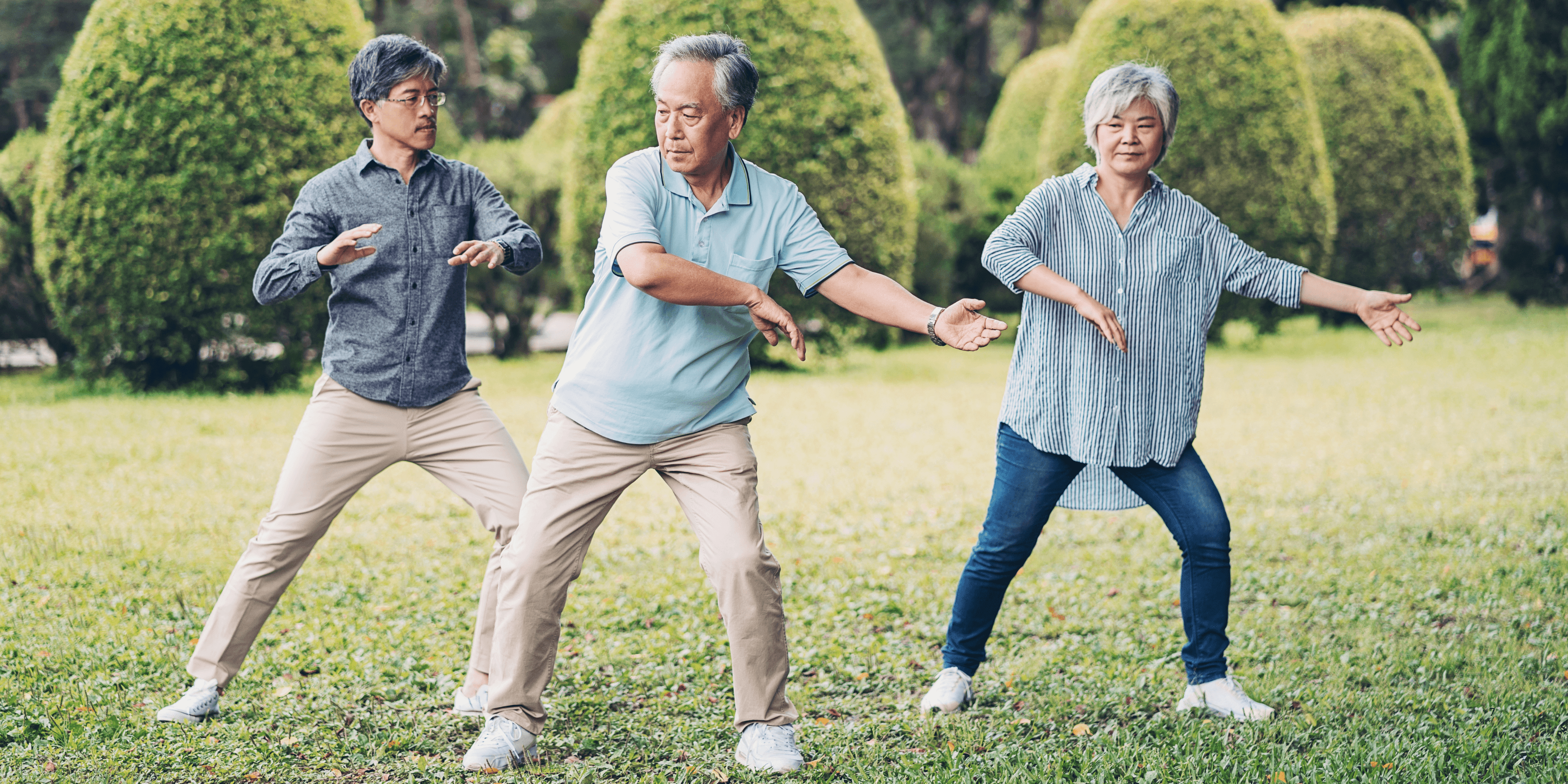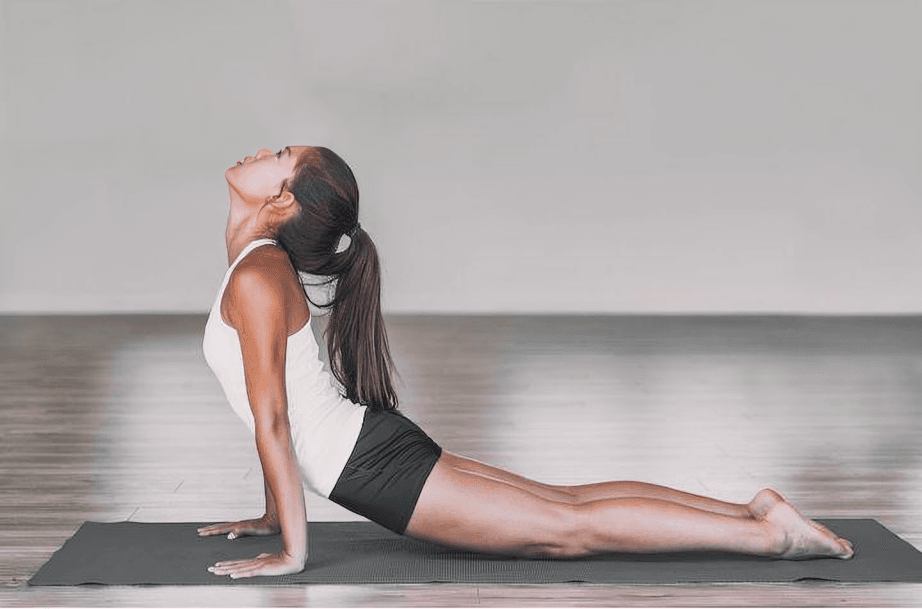
“
The importance of stretching and flexibility cannot be overstated when it comes to promoting longevity and maintaining a healthy body. Stretching improves muscle elasticity, joint range, and blood circulation, reducing injury risk and enhancing mobility. Incorporating flexibility exercises into daily routines supports overall physical function and quality of life as we age.1
1
”
The ancient Greek physician Hippocrates believed that regular stretching and flexibility exercises were vital for preserving youthfulness and preventing the natural physical decline that accompanies aging. 1
Stretching consistently increases blood flow to muscles, which delivers essential oxygen and nutrients, accelerating tissue repair and reducing the duration of muscle soreness after physical activity. 2
Enhanced flexibility helps protect joints and muscles from injury by allowing a broader and safer range of motion, reducing the risk of strains and ligament tears during daily activities or sports. 3

Flexibility training improves overall athletic ability by increasing coordination, balance, and fluidity of movement, enabling athletes and non-athletes alike to perform more complex motions with greater ease.
As people age, muscles naturally lose elasticity, but regular stretching exercises can slow this process significantly, helping older adults maintain mobility, independence, and a higher quality of life. 4
Tight muscles and reduced flexibility contribute to joint stiffness and discomfort often associated with arthritis; stretching regularly helps to relieve this stiffness and maintain joint health. 5
Stretching activates the nervous system, enhancing nerve signal transmission and reaction times, which tend to decline with age, thus improving overall coordination and preventing accidents. 6
Regular flexibility exercises support faster recovery from physical stress and minor injuries by enhancing blood circulation and nutrient delivery to damaged tissues, speeding up the healing process. 7
Stretching helps reduce chronic stress by relaxing tense muscles, promoting mental calmness, and contributing to better emotional well-being through the release of physical tension. 8
Improved flexibility encourages better lymphatic drainage and blood circulation, which helps flush out toxins from the body, supports immune system function, and promotes overall health and vitality. 9

Stretching increases the elasticity of connective tissues like tendons and ligaments, which are crucial for maintaining joint stability and preventing injuries during physical activity or daily movements.
Lack of flexibility often causes the body to compensate by overusing certain muscles, leading to muscle imbalances, chronic pain, and a higher likelihood of injury if not addressed with stretching. 10
Because stretching is low-impact and adaptable, it is accessible to people of all ages and fitness levels, making it an essential component of any longevity-focused fitness routine. 11
Incorporating yoga or Pilates into stretching routines offers the added benefits of enhanced flexibility, improved breathing control, mental focus, and stress resilience, contributing to holistic health. 12
Stretching expands the chest and diaphragm muscles, improving lung capacity and breathing efficiency, which increases oxygen intake and supports cardiovascular and respiratory health. 13

Regular stretching helps regulate blood pressure by improving arterial flexibility and circulation, which supports heart health and reduces the risk of cardiovascular disease.
Medical professionals often recommend stretching as a preventative measure to slow age-related muscle and joint deterioration, helping maintain physical function and reducing disability. 14
Combining stretching with strength training promotes balanced muscle development, which prevents injury, enhances joint stability, and supports better posture and body mechanics. 15
Philosopher Seneca highlighted the mind-body connection, emphasizing that physical flexibility can foster mental resilience and adaptability, both of which are crucial for coping with life’s challenges. 16
Maintaining flexibility supports a healthy metabolism and sustained energy levels, key factors in promoting a longer, more active lifestyle free from chronic pain and physical limitations. 17


